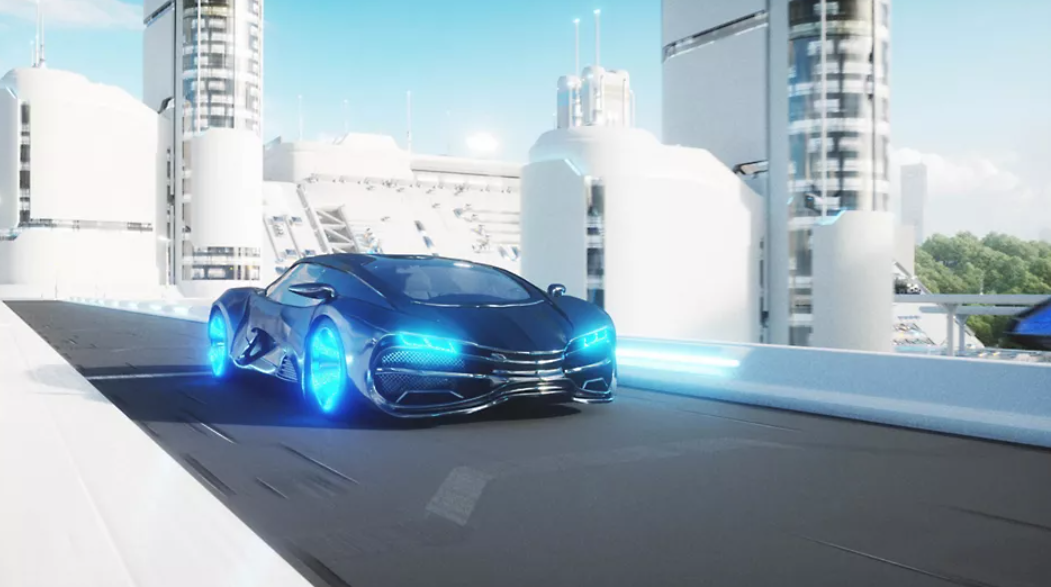The Future of Autonomous Vehicles: What’s on the Horizon?

The landscape of autonomous vehicles is rapidly evolving, driven by advancements in technology and urban infrastructure. These innovations promise to reshape transportation dynamics, enhancing efficiency and safety. However, the integration of self-driving cars into existing systems presents significant challenges. Regulatory hurdles, public perception, and cybersecurity threats loom large. As stakeholders navigate these complexities, the question remains: can a harmonious coexistence between technology and society be achieved?
Recent Advancements in Autonomous Vehicle Technology
Numerous advancements in autonomous vehicle technology have emerged in recent years, significantly enhancing the capabilities and safety of self-driving systems.
Central to these improvements are sophisticated sensor integration techniques and the application of machine learning algorithms.
These developments enable vehicles to interpret complex environments, adapt to dynamic conditions, and make informed decisions, ultimately pushing the boundaries of autonomy and redefining personal transportation freedom.
See also: The Evolution of Wearable Technology and Its Impact on Health
Potential Benefits of Self-Driving Cars
The evolution of self-driving technology not only enhances vehicle performance but also presents a range of potential benefits that could transform societal norms and improve quality of life.
Significant safety improvements are anticipated, with advanced algorithms reducing accident rates.
Moreover, self-driving cars promise a positive environmental impact through optimized driving patterns, leading to decreased emissions and increased fuel efficiency, aligning with a more sustainable future.
Challenges and Concerns Facing the Industry
Although the promise of autonomous vehicles is considerable, a myriad of challenges and concerns must be addressed to ensure the successful integration of this technology into everyday life.
Regulatory hurdles hinder development, while public perception remains wary of safety. Ethical dilemmas regarding decision-making algorithms pose significant questions, and cybersecurity risks threaten the integrity of systems, necessitating robust measures to protect users and data.
The Future of Transportation and Urban Planning
As urban centers evolve and populations swell, the integration of autonomous vehicles is poised to fundamentally reshape transportation systems and urban planning.
Enhanced urban mobility will facilitate the development of smart cities, promoting efficiency and sustainability.
Conclusion
As the dawn of autonomous vehicles approaches, the road ahead resembles a vast tapestry, woven with threads of innovation and caution. Each strand signifies advancements in technology and potential benefits, yet shadows loom where challenges like regulation and public trust reside. To navigate this intricate landscape, stakeholders must become skilled weavers, harmonizing progress with safety and ethics. Only then can the vision of a seamless, intelligent transportation ecosystem be realized, transforming cities into vibrant, interconnected living entities.




